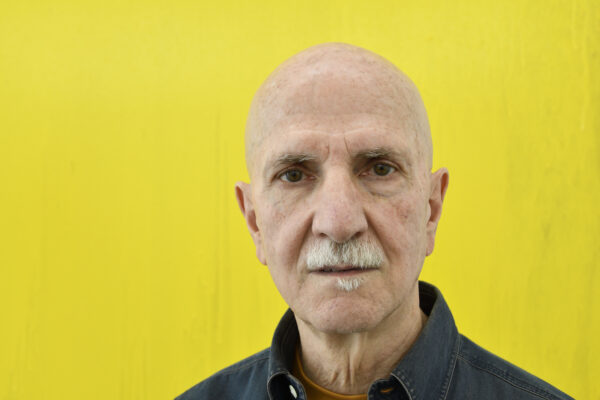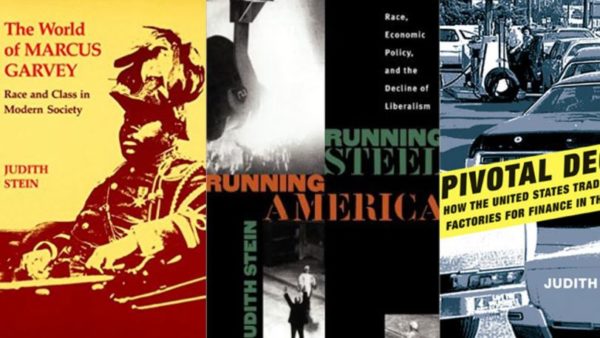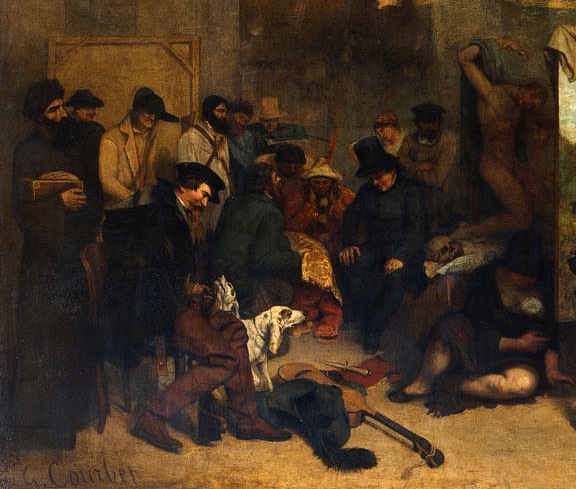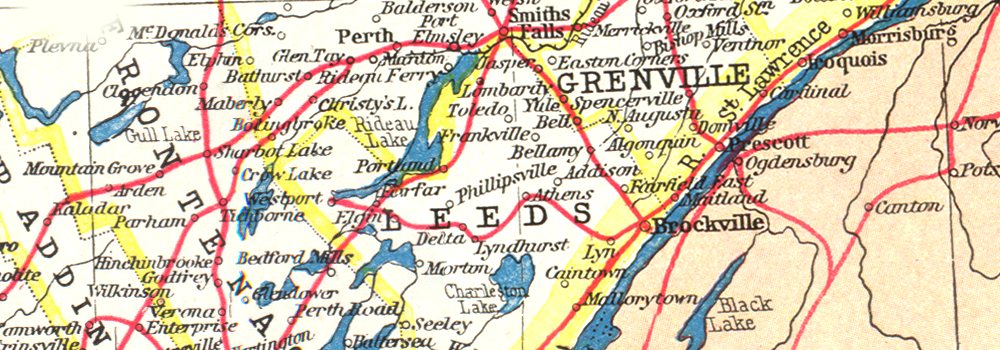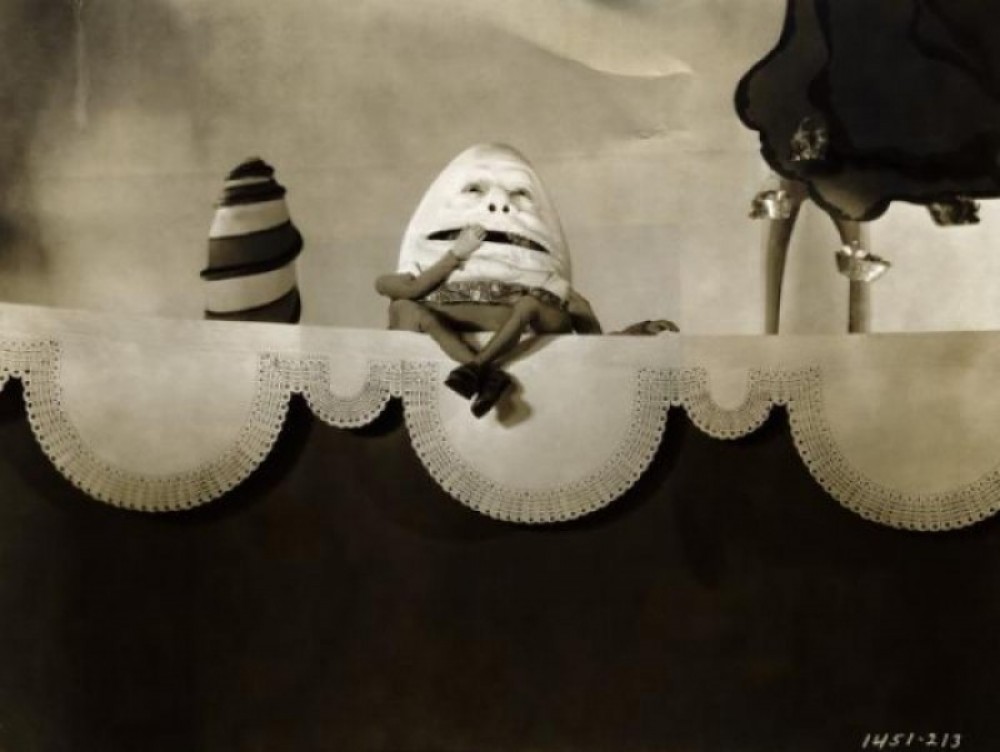In June of 2014, nonsite.org, with the support of the Andrew W. Mellon Foundation, sponsored four fellows to do research in the Raymond Danowski Poetry Library at Emory University. Danowski’s synoptic ambition—to collect literally all poetry in English published in the 20th century, including the independent journals, short-run chapbooks and broadsides that gave modernism its distinctive energy—has created an opportunity to examine the materials out of which our accounts of the century have been made, without the influence of a shaping hand.
The work of our B-Side Fellows, presented here, takes the shapelessness of “everything” as a provocation to investigate the divergences between canonical accounts of modernism in poetry; to explore the many roads not taken, whether they manifest in the unedited arc of a career, in the one-off achievement, or the unclassified ephemera of a moment. What else might modernism have been? And how do such reconsiderations of modernism bear on what happens on the flip side of the mid-century divide? Edited by Jennifer Ashton and Oren Izenberg.





